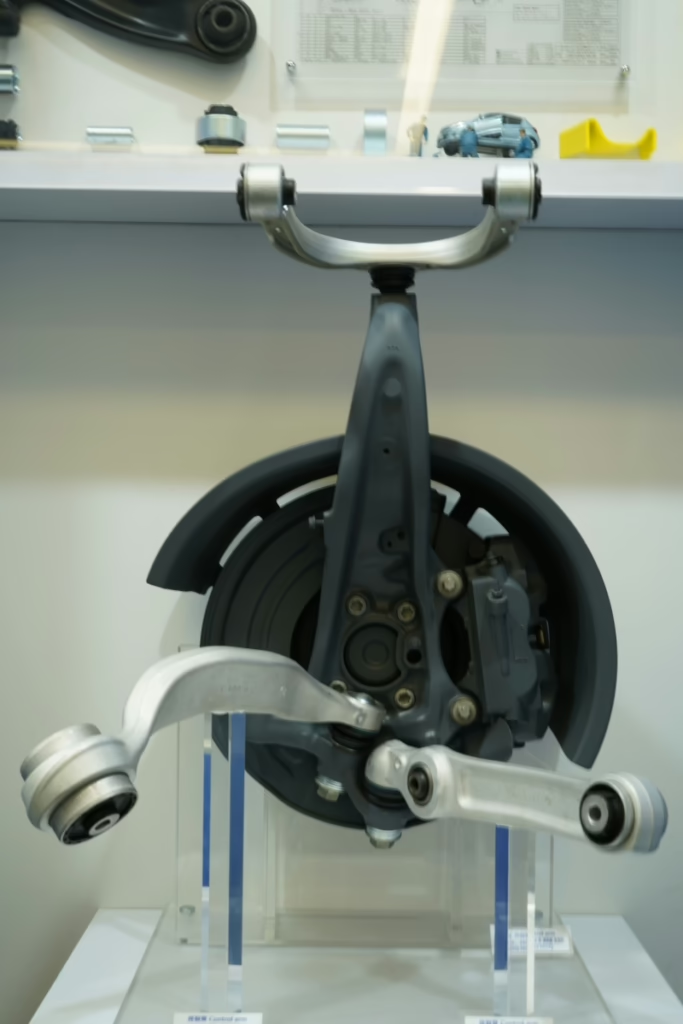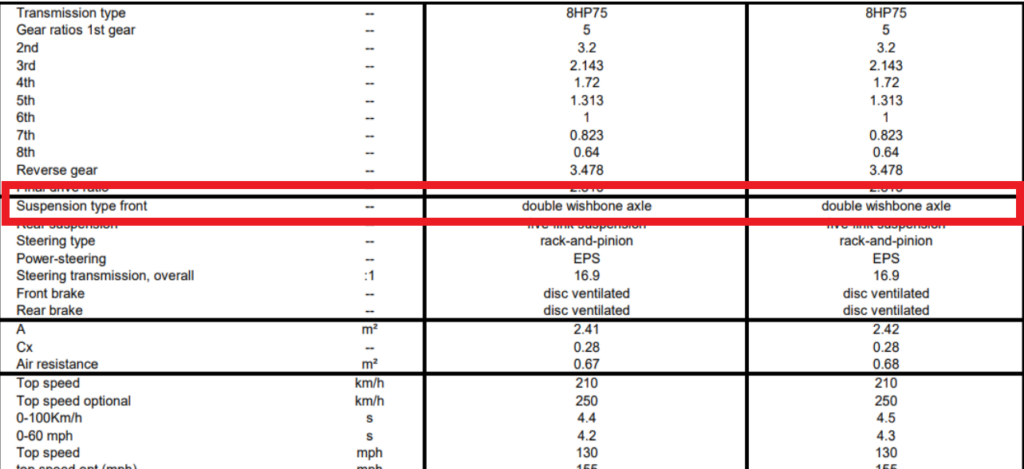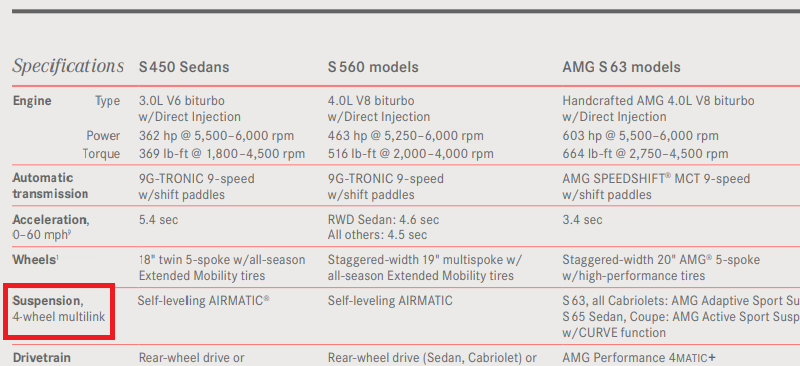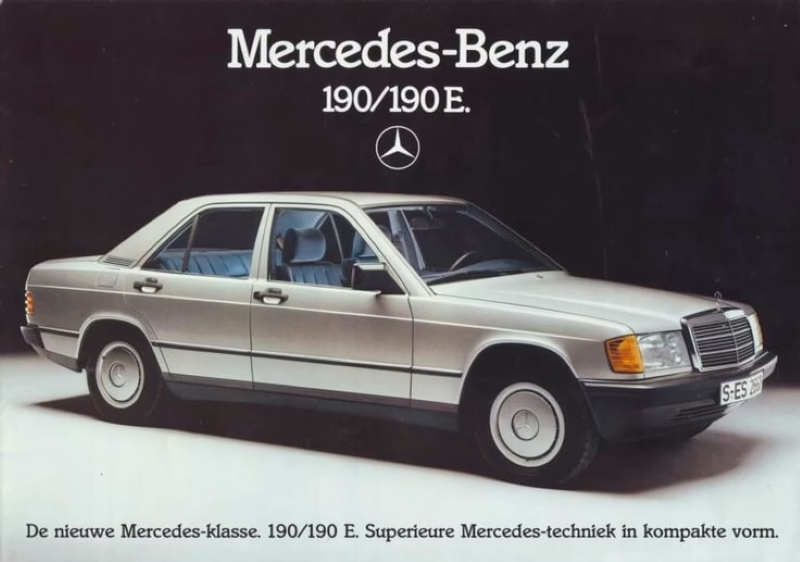Among the numerous suspension configurations available, the multilink suspension system has emerged as a top choice for automakers seeking to achieve the perfect balance between handling and comfort.
This article aims to provide a comprehensive overview of the multilink suspension system, exploring its principles, components, benefits, and drawbacks, as well as its application in modern vehicles. Discover how this system has become the go-to choice for modern vehicles that aim to impress.
What Role Does Suspension Play in Driving Confidence and Comfort?
As the sole component in contact with both the vehicle body and the road surface, the suspension system plays a crucial role in automotive design. Without a good suspension system, even within a powerful powertrain enabling high-speed driving, there is only a constant fear of losing control.
On the other hand, no matter with features such as high-end audio systems and massage-ventilated seats, if the suspension performance is subpar, these amenities cannot enhance the overall comfort. Therefore, a well-designed suspension system is undeniably the key factor in determining whether a vehicle instills confidence in the driver and ensures the satisfaction of the passengers.
What is Multilink Suspension?
Automobile suspension can be classified into various forms, and selecting the appropriate suspension system is a crucial decision. Different suspension systems directly impact the vehicle’s performance and driving experience, and the choice depends on what tasks the automaker envisions for the vehicle.
For instance, when an automotive manufacturer aims to create a vehicle that provides both an ultimate comfort experience and excellent handling performance, cost is not a consideration. In this case, a multilinks suspension system is often the ideal choice. This is because a multilinks suspension can offer precise control over the position of the tires, achieving a perfect balance between comfort and handling. The following sections of this article will provide a brief explanation of the multilinks suspension, aiming to offer readers a basic understanding of suspension concepts.
What are the Characteristics of a Multilink Suspension System?
Definition

The definition of a multilinks suspension is somewhat ambiguous, with each automaker having its own criteria. Generally, it refers to a suspension system composed of three or more control arms on a single wheel. While it is called a multilinks suspension, some manufacturers also refer to the configuration as a double-wishbone suspension when there is an upper control arm, splitting the lower control arm into two. This arrangement is alternatively known as a double A-arm or still classified as a multilinks suspension. For example, BMW 7 Series (G11) and M-BENZ S-Class (W222) both use an identical configuration for their front suspension system, which consists of one A-shaped upper arm and two I-shaped lower arms ( pic 1). However, in their respective introduction brochures, the two automakers describe their suspension systems differently, using “multilink” and “double wishbone” respectively.


Read more: The Essential Guide to Control Arms in Vehicle Suspensions
Configuration
The axle position is determined by multiple “I”-shaped control arms on the vehicle body or subframe. At the other end, these arms connect to the knuckle or other control arms, with bushing serving as buffers at the connection points. The specific number of control arms can range from 3 to 5, depending on the manufacturer’s considerations regarding geometric changes during suspension travel, compensation for chassis geometric during cornering, and the emphasis placed on control capability.
Link or Control Arm
In the context of a multi-links suspension system, the suspension arm can be referred to as either a control arm or a link, and the two terms do not have a clear definition.
Geometric Characteristic
When a vehicle is moving, the suspension system is subjected to various forces from different directions, including all the drivetrain (forward and backward forces), engine braking (forward and backward forces), and braking (forward and backward forces), vertical impact forces (due to changes in vehicle weight caused by body weight and uneven road surfaces), and lateral forces (steering).
These forces can impact the original alignments of the chassis. Therefore, the primary objective is to minimize the influence and try to keep the position when tire is experiencing those forces.
- When the vehicle experiences body roll, multi-links are able to work individually, so that can maintan the camber as possible. This ensures that the contact area of the tires with the ground is consistently maximized, which becomes particularly crucial in today’s prevalent increase in wheel size and aspect ratio.
- Suppressing changes in the toe during suspension travel, mitigating the occurrence of roll steer1 induced by body roll, and ensuring uneven tire wear.
- Suppressing minor changes in the wheelbase during suspension travel to ensure the vehicle’s straight-line stability.
The examples mentioned above represent only a small portion; others include anti-dive control during acceleration and deceleration. These complex factors related to elastokinematics, kinematics, and more are the missions accomplished through the development of multi-links suspension systems.
Type of Multi-links Suspension
One way to classify forms of multi-links suspension is by describing the direction and quantity of control arms, treating them as a category. For example: 2 longitudinal control arms and 2 lateral control arms etc.
What are the Benefits of Multilink Suspension?
Taking the standard 5-link multilinks suspension system as an example, 4-link and 3-link configurations are not discussed here.
1. Optimizing Chassis Geometric:
Each link is responsible for specific angles or functions, without compromising each other.
2. Reduced Unsprung Mass:
Compared to a solid axle, it has a smaller unsprung mass, allowing for lighter weight and achieving better handling, among other benefits.
3. Increased Axle Space:
Due to the independent links being freely positionable, they create more significant axle space. Conventional three-point control arms are often constrained by the body shape, resulting in cramped axle space.
4. Lower Component Stress:
Lower stress on ball joints and bushings, as they are shared among different links and bushings.
5. Great Handling and Comfort:
The multilink configuration ensures smooth wheel movement over uneven surfaces, providing improved comfort for passengers and better handling for the driver.
What are the Drawbacks of Multilink Suspension?
1. The higher design costs:
The more links there are, and the engineers have to analyze each one, undoubtedly increasing the manufacturer’s expenses.
2.Poor cabin space performance:
In terms of suspension, more links indicate a need for more space, even though it liberates the axle space, it sacrifices passenger space. Compared to Toyota’s Yaris, Corolla, and Camry in the same segment, models like M-BENZ A, C, E CLASS and BMW 1, 3, 5 Series often fall short in rear space performance.
3.High ownership costs:
Due to the increased complexity of the system, multilink suspension comes with higher ownership costs compared to simpler suspension designs.
Tire alignment costs can be high with a five-link setup, as it may require individual adjustments and repeated testing of each of the five links, potentially leading to higher charges by the mechanic.
4. Higher Alignment Costs:
Tire alignment costs can be high with a five-link setup, as it may require individual adjustments and repeated testing of each of the five links, potentially leading to higher charges by the mechanic
5. Potentially Higher Repair Costs:
Having multiple links also means that if something gets damaged, individual replacements may be necessary, leading to higher repair costs.
6. Difficulties in Repairs:
Firstly, identifying which link is causing the issue can be time-consuming. Secondly, even after identifying the problem, vehicles equipped with a multilinks suspension system often have tight and less accessible repair spaces, making repairs challenging. Therefore, repair services may often demand higher labor costs.
7. Poor Lateral Rigidity:
Each link requires at least one bushing, and using bushings made of soft rubber compared to metal can result in a vague control. This leads to a sense of instability in the vehicle when cornering. However, some aftermarket brands offer spherical bearing bushings as an upgrade to improve comfort.
What Cars Have Multilink Suspension?
Multi-link suspensions are often used in the rear axle because the front axle need to allocate space for the engine compartment and the steering system, leaving no extra room for a multi-link suspension system.
Vehicles equipped with a multi-links suspension system are typically designed with a focus on both handling and comfort. This results in the often vague but desirable sensation referred to as “a rigid chassis feeling.” German automotive brands, in particular, favor the use of multi-links suspensions, contributing to the characteristic feel associated with “European cars” as commonly mentioned.
Here are some examples of vehicles equipped with a multi-links suspension:
- Rear/ Alfa Romeo Giulia (952)
- Rear/ AUSTON MARTIN DB11
- Rear/ Bentley Continental GT (MK3)
- Rear/ BMW 1 SERIES (F20)
- Rear/ HONDA CIVIC TYPE-R (FL5)
- Rear/ Land Rover Range Rover (L460)
- Rear/ LEXUS RX (MK5)
- Rear/ M-BENZ S-CLASS (W223)
- Rear/ Porsche 911 (991)
- Rear/ Volkswagen GOLF (MK8)


From the above-mentioned vehicles, we can confirm that multi-links suspensions are often employed in high-end or sporty models. Regarding space performance, the typical outcomes include excellent spaciousness in larger vehicles where the space is not compromised, or less-than-ideal rear seat space in certain cases.
Conclusion
Simply introduce the multi-links suspension system. However, as the youngest chassis system, its complexity is evident. The earliest instances of the multi-links suspension can be traced back to the 1982 M-BENZ 190, making it a relatively late arrival compared to other suspension forms. In summary, despite potentially higher costs and complexity compared to other suspension types, the multi-links suspension system undoubtedly provides an ideal choice for vehicles seeking enhanced handling and riding experiences

References
- TGQ R&D
- Chassis Handbook Bernd Heißing, Metin Ersoy (2010)
- 自動車のサスペンション KYB株式会社 (2013)
- 車両運動性能とシャシーメカニズム 宇野高明 (2022)
- サスチューニングの理論と実際 野崎博路(2008)
- Websites of Major Automotive Makers
- Roll Steer: When a vehicle experiences body roll, typically during cornering. The resulting change in load distribution causes a slight displacement of the vehicle’s four wheels compared to their normal positions, leading to steering induced by uneven lengths. While the impact of these length variations may not be substantial, they remain one of the factors that cannot be ignored in optimizing the suspension system. ↩︎
What is Double Wishbone Car Suspension? Mechanics Explained!
